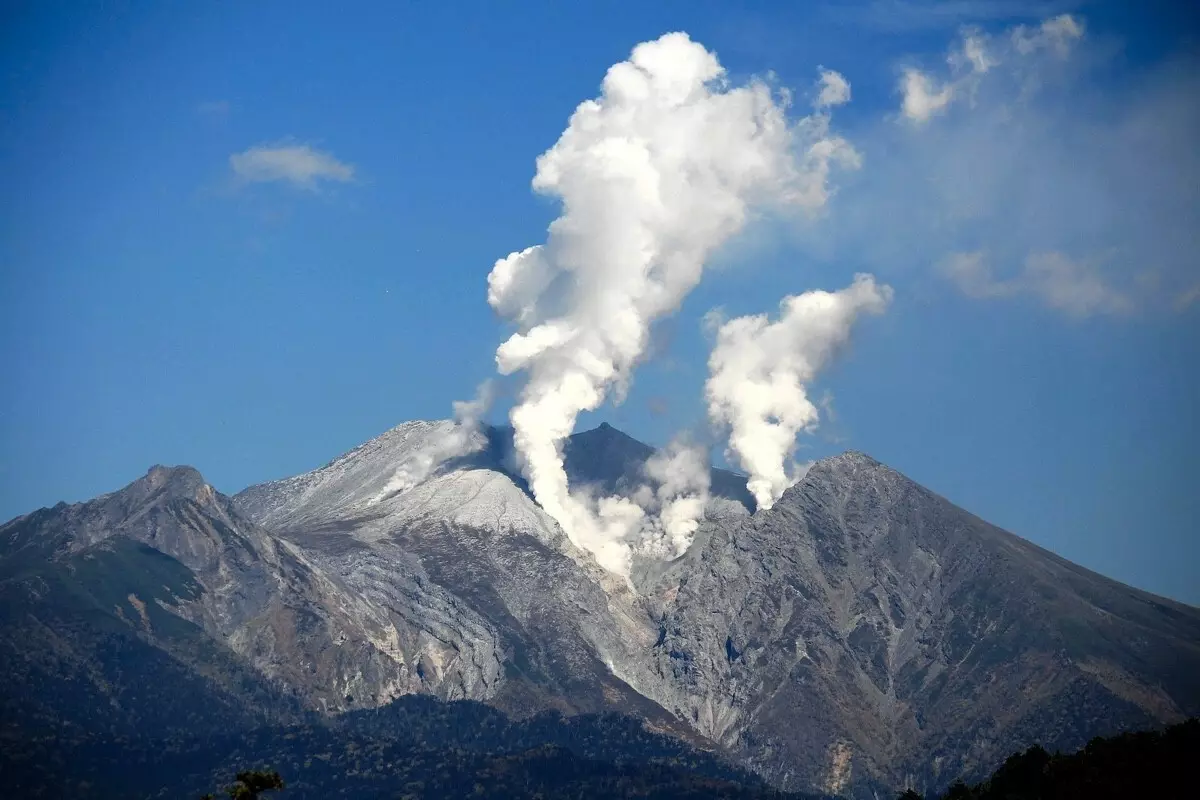
As an occurrence of the disease, it is often possible to predict on initial symptoms and volcanic eruptions usually manage to predict in advance. For this, potentially dangerous vertices are under constant monitoring, and sensitive tools record the movements of the crust, weak shocks, changes in the composition and number of gases that leak into the atmosphere. However, these signs are not always triggered, so the fact and the case are completely unexpected eruptions that human life take place.
The new prediction method of the approaching eruption has found the Tarsilo Girona team (Társilo Girona) from the Laboratory of Jet Motion (JPL) NASA. In an article published in the Nature Geoscience magazine, they offer to refer to the possibilities of spacecraft already working at the near-earth orbit. Such satellites are able to track thermal radiation from the "suspicious" volcanoes as a whole and notice the dangerous heating, which can serve as a harbinger of stormy activity.

To demonstrate the capabilities of this approach, the authors used monitoring data collected by NASA Terra and Aqua devices. Together they inspect the surface of the Earth twice per day, with a resolution of about 1 x 1 kilometer. Since their launch, in 2002, there were five significant eruptions, not counting volcanoes on the tiny islands, temperature measurements for which are not so simple. This is the Japanese volcano ontaka, New Zealand Rupeju, Chilean Calbuco, Fog in Cape Verde and Redubt on Alaska.
After examining the data of satellite observations of these volcanoes, scientists found that their temperature began to slowly increase another two or four years before eruption. This heating was not too significant, within one degree, nevertheless, the peak directly at the time of eruptions reached.
Most likely, this is due to the gradual lifting of the hot magma closer to the surface, as well as enhanced hot gases. In addition, water displaced in the upper layers of the soil facilitates the return of heat, enhancing the signal.
Source: Naked Science
